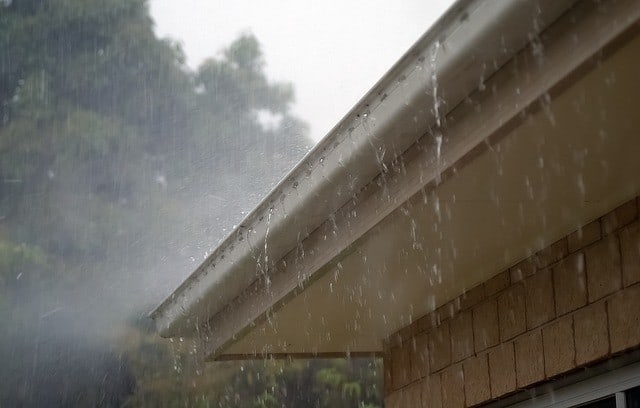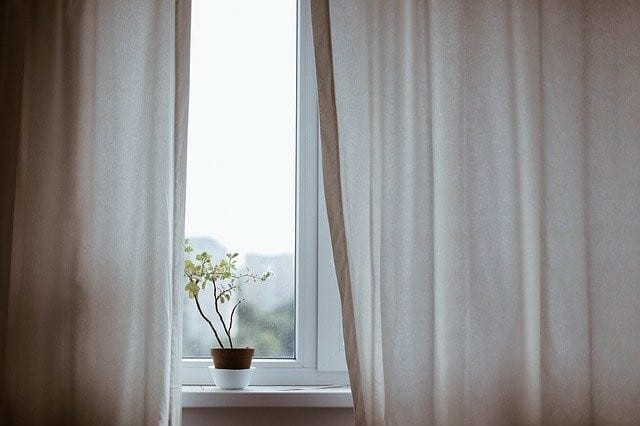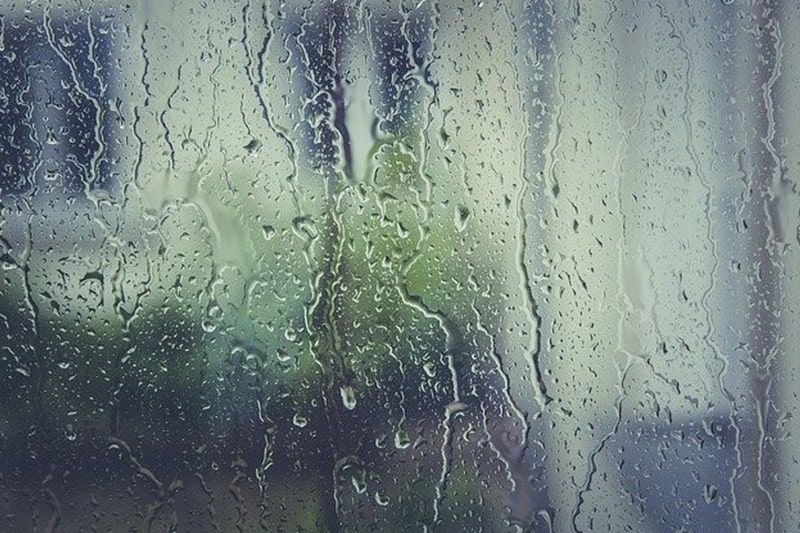One of the eternal challenges with the older Victorian terraced properties, which due to their price give the best return on investment due to their relatively low price, is how to deal with the ever-present damp and condensation.
Along with this there is of course the re-occurring mould problem, which for the increasing number of asthmatic and allergy-prone 20+’s can be a serious problem.
There are principally three types of damp – rising damp as a result of non-existent or poor damp proofing, which only rises up to 1 metre/3ft from the floor, condensation formed from moisture in the air normally appearing on windows where warm air meets a cold surface or penetrating damp from a leak in the roof from slipped or broken roof tiles, a blocked gutter or broken pipe.
All of these can be treated, some easier than others but for older properties damp is something that has to be kept at bay all the time as it has a tendency to creep up on you. Almost overnight a brown ring appears on a ceiling after a heavy nights rain or lots of wind and this is invariably a sign of a slipped or broken tile, which is easily mended except that Victorian roofs are showing their age with most of the nails holding the slates in place are by now all rusty and weak.

Similarly blocked gutters, which can often be spotted by weeds or occasionally flowers growing over the top, bring with them another brown tide mark where ceilings meet walls. The four-step remedy is simple – clean out the gutter, whilst observing all the common-sense safety aspects of climbing ladders with buckets full of muck, wait for the plaster to dry which can take a few weeks, apply stain block paint, a very important part of the process and always buy an expensive quality one and repaint. If you don’t use a quality one the stain will repair again and again. Also investigate using the new paint additive containing millions of micro balls, which effectively insulates the walls at a micro level, thus keeping them warm and free from condensation.
Rising damp makes its entrance with flaking plaster or wallpaper which begins to come away from the walls or where there is exposed brickwork and white salts appear out of the brickwork. Many older houses can be seen with a row of small brown plastic plugs about two or three courses from the ground where silicone has been injected. It works better in some walls than others but is nothing as permanent as a proper damp-proof membrane installed during construction.
Window condensation has been reduced considerably by double glazing but due to much better seals around the edges has reduced the amount of ventilation entering the houses. Any condensation on windows should be removed with a sponge and wrung out outside, whilst ventilation is a must to removing moist air.

Remembering that the average human body releases 600ml/day one can see that just by living there must be a flow of air to remove moisture. Our experience with double glazed Victorian houses is to do some or all of these actions:
- Keep the drying of all clothes, sheets and curtains outside the home.
- Do not allow condensation to build up on any windows, be they single or double glazed,
- If brown tide marks appear on any ceilings and walls investigate the cause and carry out the necessary repair,
- Keep all windows open – on the security catch – even in the depths of winter to aid a constant flow of ventilation,
- Locate extraction ventilators in all wet rooms – bathrooms and kitchens,
- Passively pressurise your house with a trickle flow ventilator located on the landing ceiling,
- Keep the house heated even if it is on low,
- For “wet” houses, possibly due to being near a river, lakes or on heavy clay soils, purchase a dehumidifier for about £100 for those bad days.
All of these actions will help keep the damp away, mould off the walls and everyone much healthier but if you have a rented property and need some help please contact the Blue i team who have considerable experience with dealing with all these problems on 01332 371661.





